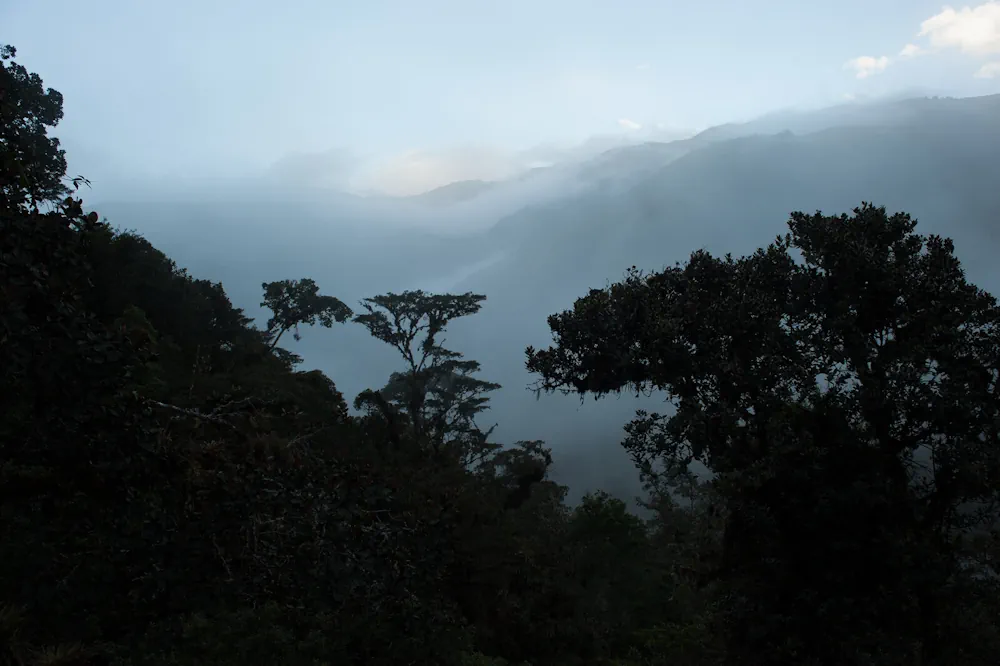In the late 2000s, Scott Saleska observed an unusual phenomenon in the Amazon rainforest. A severe drought in 2005 led to increased green growth in vast areas of the Amazon, contrary to field researchers’ observations of browning plants and some dying due to the drought.
Recent research published in Nature by Shuli Chen, a doctoral candidate working with Saleska, and co-authored with Antonio Nobre from Brazil’s National Institute for Space Research, utilized 20 years of data to investigate the impact of drought on the Amazon. They discovered that the Amazon’s response to drought varies regionally due to local environmental factors and tree properties.
In the southern Amazon, over the Brazilian Shield, trees with access to shallow groundwater thrived during drought, while those over deeper water tables suffered. Conversely, the northern Amazon, over the Guiana Shield, showed more resilience to drought regardless of water table depth.
This insight into regional differences aids conservation efforts and enhances predictions of forest responses to climate change. It highlights the vulnerability of the Amazon’s most productive forests and underscores the importance of understanding these nuances for effective protection.
The team’s use of remote sensing satellite data to measure forest canopy health revealed that non-climatic factors like water table depth, soil fertility, and forest height significantly influence forest resilience during droughts.
The Guiana Shield in the northern Amazon contains less fertile soil and deeper water tables than the Brazilian Shield in the south. These conditions led to slow-growing tall trees with deeper rooting systems able to access the water, making them hardier in the face of drought, Chen said.
“Our results are not just important for the Amazon, it’s important for the whole world, because the rainforest has a significant stock of our carbon. If that carbon is lost—because trees burn or are deforested, that adds to carbon dioxide in the atmosphere, which makes global warming even worse,” Saleska said.
